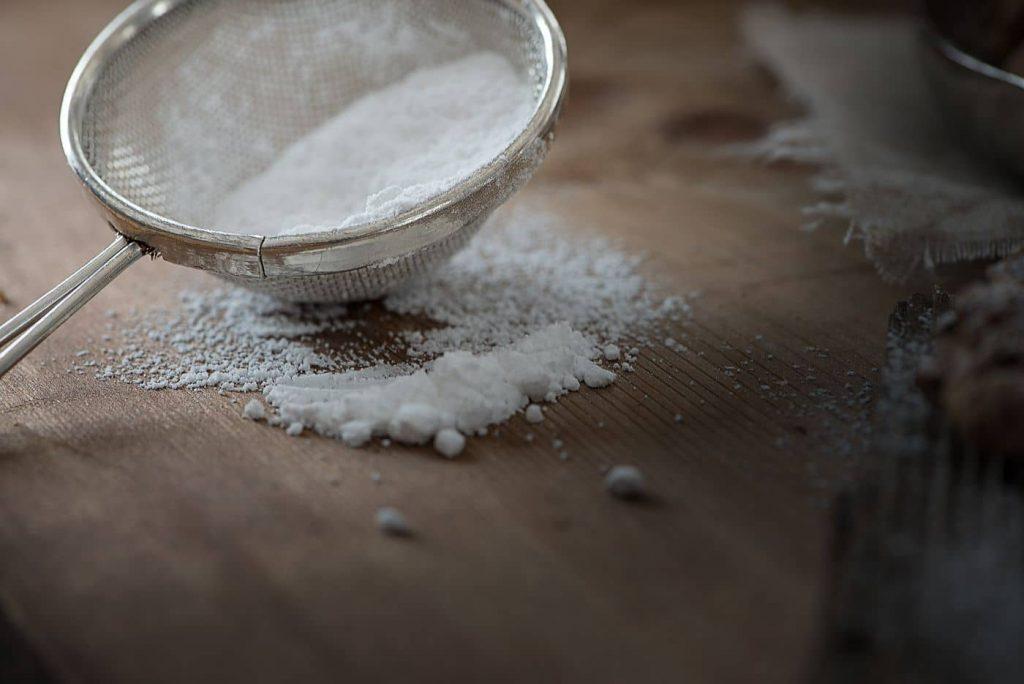Porto Alegre, May 03, 2021 – The most recent data from the UNICA’s report on the supply and demand of derivatives in the region for the first half of April brought a strong divergence between the short-term [in the margin] and the long-term perspective (year over year]. Even so, the foreign market, when pricing the assets over the day after the update, ended up showing strong advances that made the first screen (May/21) hit more than 4% gains. This demonstrated that international agents chose to analyze (and buy) the indications of annual lows rather than exponential advances in the margin compared to the previous fortnight. It should be noted that the Unica’s report only points to the annual comparison, and the comparison in the margin needs to be calculated by those who may be interested.
While cane crushing decreased by 30.57% YoY, it increased 212% in the margin. Sugar, on the other hand, had a 35.75% decline YoY but an increase of 259.53% in the margin. On the other hand, hydrated ethanol decreased by 22.49% YoY but advanced 70.34% in the margin, while anhydrous ethanol decreased 41.47% YoY but increased by 2.526% in the margin. Of course, we have a lot of statistical load on the numbers in the margin, especially in the case of anhydrous ethanol, considering that the advances are strong in terms of crop start. This is also a vector to be considered and that does not make the vision of the foreign market as nearsighted as might be imagined. The interpretation was only that a crop expected to have losses at the end of the season has actually had a weak start.
Another highlight is the low demand for hydrated ethanol. Data on the first half of April show sales of almost 650.5 million liters of hydrated ethanol in the region’s domestic market. By making a simple projection from the first to the second half of the month (being aware of the limitation of such a projection, even though it provides a relatively safe idea of the scenario at the end of the month), it is possible to estimate an average demand of around 1.3 billion liters a month. Again, we have a weak volume even for the ‘new normal’ of the pandemic, as in the previous year average sales hit between 1.65 and 1.83 billion liters, a range that diverges strongly from the pattern before the pandemic, when sales fluctuated between 1.85 and 2.05 billion liters of hydrated ethanol in the Center-South alone.
The report textually explains that there are fewer mills in operation due to the drought in the region. There is also an attempt to look at ethanol sales from a more positive perspective in annual terms, although there is a strong statistical load from last year’s very low volumes, which in no way reflects a more heated market for the biofuel than the report tries to show. Moreover, the report’s data point to greater competitiveness of ethanol against gasoline, which contradicts the most recent indications from the National Agency of Petroleum, Natural Gas and Biofuels (ANP), which even point to a generalized loss of competitiveness of hydrated ethanol compared to the fossil fuel.
SAFRAS Latam

